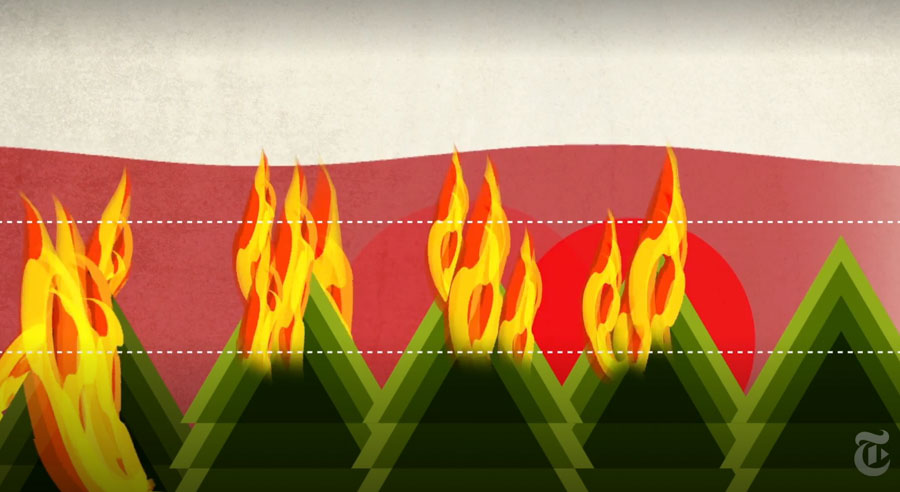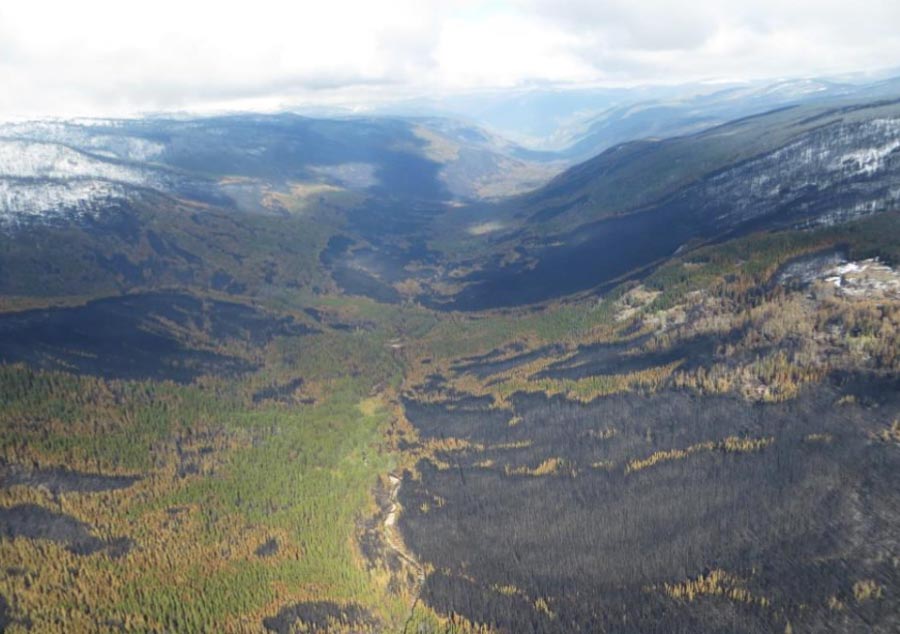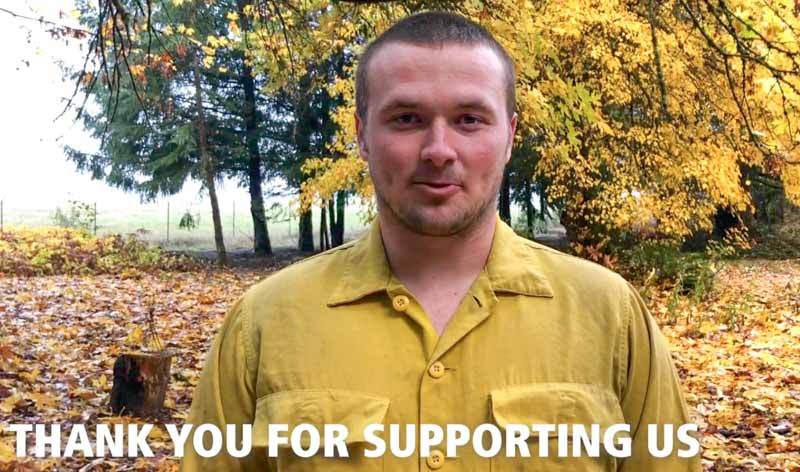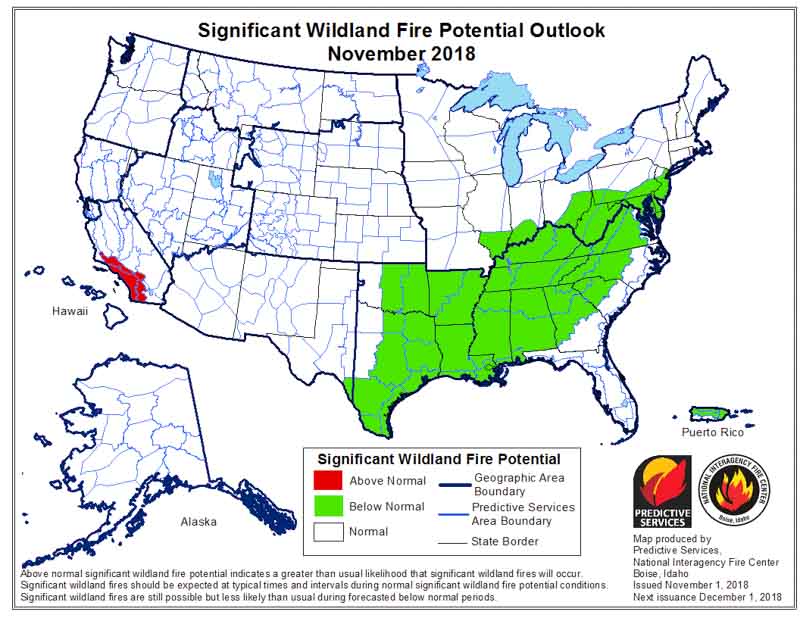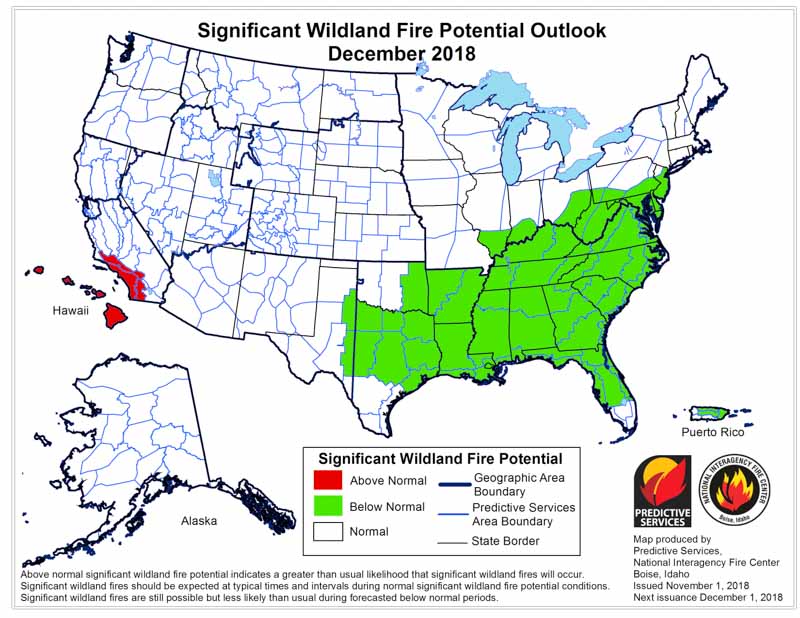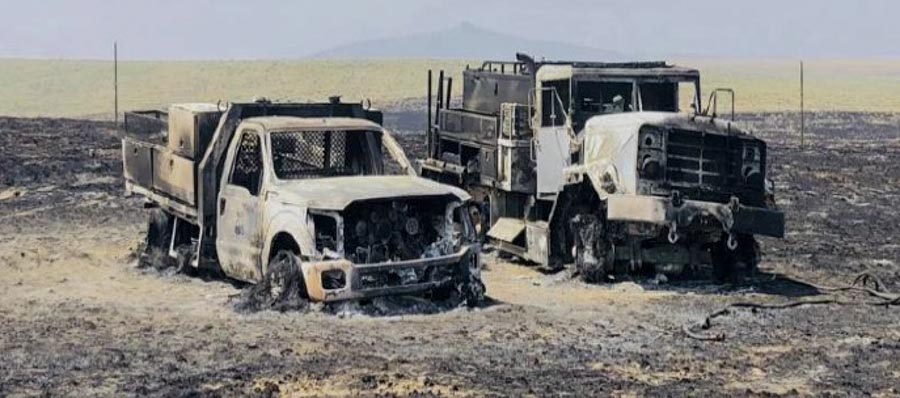
A report has been released for an incident that occurred August 16, 2018 on the North Eden Fire. Two fire engines were burned over and destroyed but thankfully no one was injured. The fire eventually burned more than 13,000 acres in three states, Utah, Idaho, and Wyoming.
While a 5-ton 6X6 former military cargo truck converted for use as a fire engine was making a mobile attack on the fire, the driver, the only person in the vehicle, was operating a nozzle out of his window. The truck was in the green unburned area suppressing the active fire edge when the Low Air Warning System activated and it suddenly came to a stop. The driver was not able to move the vehicle. He got out, looked at the fire, then went back to retrieve his fire shelter. The truck would still pump water and he used a nozzle to wet the area around the immobile vehicle. Another engine, with the Fire Warden and a Fire Chief, came over to help and also sprayed water, but the fire closed in quickly
From the report:
…The Fire Warden used Heavy Brush 13 as a shield and sprayed down the 20-foot flames as the Fire Chief and Engine Operator ran to the black. The Fire Chief looked back and saw the Fire Warden “on his knees spraying into a wall of fire.”
Instincts and training kicked in. The Fire Warden recalls “I pulled them to the front of my truck, dropped the nozzle and told them to get into the black.” The Fire Warden then dropped the hose and also retreated into the black. He went approximately 15 feet where he joined the Fire Chief and Engine Operator. Flames were shooting out of the window of both trucks.
Within seconds, the tires of the trucks began exploding. From the time the Heavy Brush 13 was first reported down until the two trucks were engulfed in fire was a total of approximately three minutes.
There were no injuries.
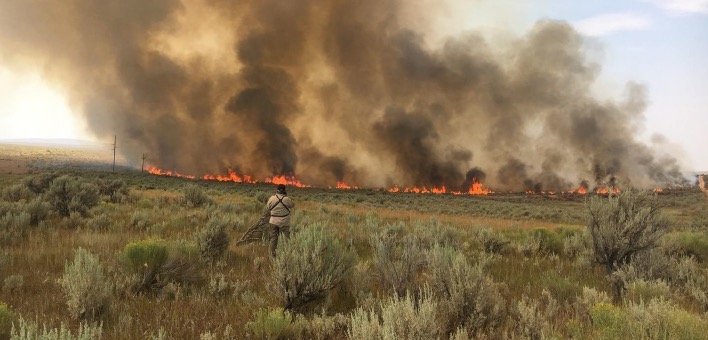
The report does not conclude exactly what caused the engine to become immobile, but pointed out that the 5-ton M928A2 has an air compressor that feeds three separate air tanks and components for the 6-wheel drive, as well as the parking and braking systems. Air brake systems require compressed air to work. If a loss of air occurs, the brakes will engage and the truck cannot be moved.
When received from the military the M928A2 has poly air lines which can be vulnerable to getting snagged and broken by brush, or melted by extreme heat from a nearby fire. Owners and operators using these on wildfires are advised to shield the lines with heat-resistant materials, relocate the lines, or replace them with more durable braided lines.

